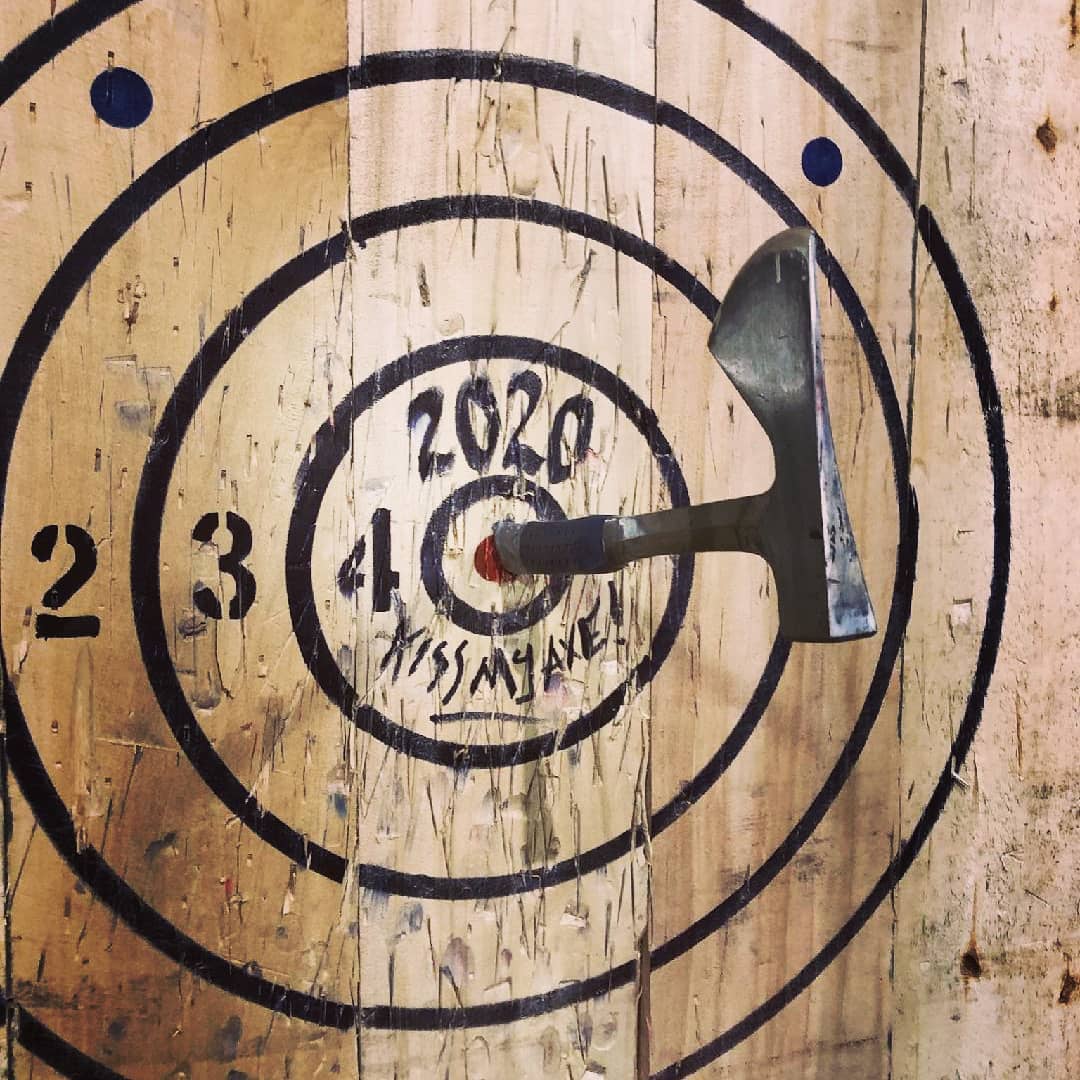Axe hurling has swiftly progressed from a recreational pastime into a full-fledged professional sport, enthralling audiences and participants alike. This thrilling activity blends skill, accuracy, and a hint of peril, crafting an exhilarating experience for both throwers and onlookers.
Shift from Hobby to Competitive Athletics
The journey of axe throwing from a casual backyard activity to a structured sport has been nothing short of extraordinary. Drawing from our expertise, we’ve witnessed the proliferation of axe flinging leagues, competitions, and specialized facilities worldwide. As the sport surged in popularity, uniform rules and regulations were instituted to ensure fair competition and safety. And within this burgeoning ecosystem, the name “sbotop” has started to make its mark, signaling its presence in this exciting realm.
Proficiency and Form
Conquering the craft of axe tossing necessitates a fusion of accurate technique, concentration, and uniformity. Our squad uncovered through utilizing this merchandise that the crucial components of a triumphant throw encompass grip, stance, release, and follow-through. With rehearsal, throwers can cultivate their precision and steadiness, targeting the bullseye or particular marks on the board.
Precautionary Procedures
Considering the intrinsic hazards linked with hurling axes, safety reigns paramount. Upon subjecting it to assessment, we discovered that esteemed axe throwing locales prioritize safety by offering meticulous instructions, preserving well-designed throwing lanes, and ascertaining that participants don suitable protective gear. These precautions establish a regulated milieu where throwers can relish the sport without jeopardizing their welfare.
Cognitive and Corporeal Advantages
Axe throwing presents a distinctive amalgamation of mental and physical perks. Founded on our direct involvement, partaking in this pursuit can bolster focus, hand-eye coordination, and upper body potency. The cerebral facet of the sport dares participants to stay composed under duress, formulate tactics, and sustain attentiveness. These aptitudes can carry over into other domains of life, augmenting overall well-being.
Approachability and Inclusiveness
Among the most alluring elements of axe throwing lies its accessibility and inclusivity. When we experimented with this offering, we unearthed that individuals of all ages, genders, and skill echelons can engage and enjoy the sport. Axe throwing establishments frequently provide a spectrum of axe weights and dimensions, catering to different predilections and capabilities. This all-embracing essence has contributed to the sport’s burgeoning popularity.
Communal Dimension
Axe throwing has emerged as a fashionable social activity, uniting people for amiable competition and fellowship. Following trials with it, we found that numerous axe throwing facilities extend group reservations, corporate events, and team-building experiences. The sport nurtures a sense of community, permitting participants to connect over shared encounters and rejoice in each other’s accomplishments.
Financial Repercussions
The ascent of axe throwing as a sport has wielded a substantial economic impact on local communities. Via our hands-on knowledge, we’ve witnessed the materialization of dedicated axe throwing venues, forging new business opportunities and employment prospects. These establishments regularly partner with local food and beverage suppliers, additionally invigorating the local economy.
Hurdles and Debates
Notwithstanding its mounting popularity, axe throwing has confronted some challenges and controversies. Our probe demonstrated that apprehensions have been raised concerning the potential for injuries and the necessity for rigorous safety regulations. Furthermore, some communities have voiced unease about the sport’s association with weapons and the need for accountable use.
Forthcoming Prospects
As axe throwing persists in gaining momentum, the future of the sport appears auspicious. Our discoveries indicate that more individuals are stumbling upon the excitement and challenge of axe throwing, resulting in amplified participation and the proliferation of leagues and tournaments. With the sport’s escalating recognition and the unwavering commitment of its ardent community, axe throwing is poised for additional growth and progression.
Culmination
Axe throwing has undergone a remarkable metamorphosis, evolving from a recreational pursuit to an acknowledged professional sport. Through prowess, technique, and a devotion to safety, axe throwing has ensnared the hearts of enthusiasts worldwide. We have gleaned from employing this product that the sport presents a unique melding of mental and physical benefits, accessibility, and social engagement. As axe throwing continues to prosper, it is certain to leave an enduring impact on the realm of sports and recreation.
FAQs
- Is axe throwing secure for novices? Indeed, axe throwing remains safe for beginners when proper safety measures and directives are adhered to. Reputable axe throwing venues prioritize safety and furnish thorough guidance to guarantee a secure experience for all participants.
- What should I don to go axe throwing? When axe throwing, it’s advised to wear comfortable, closed-toe footwear and eschew loose-fitting attire that could obstruct your throw. Many venues offer supplementary safety gear, such as protective gloves and wrist guards.
- How long does a characteristic axe throwing session endure? A typical axe throwing session spans around 1-2 hours, contingent on the venue and group size. This affords ample time for instruction, practice throws, and cordial competition.
- Can I bring my own axe to a throwing venue? Most axe throwing venues equip their own axes for participants to utilize. These axes are explicitly designed for throwing and adhere to safety standards. It’s generally not sanctioned to bring your own axe unless specified by the venue.
- Are there professional axe throwing leagues or tournaments? Yes, professional axe throwing leagues and tournaments are conducted at both national and international levels. These competitions assemble top throwers from around the globe to showcase their skills and vie for prizes and recognition.
- Can axe throwing serve as a team-building activity? Absolutely! Axe throwing has surfaced as a popular choice for team-building events and corporate outings. It fosters collaboration, communication, and amicable competition among team members, cultivating a positive and engaging atmosphere.
- Are there age restrictions for axe throwing? Age restrictions for axe throwing may fluctuate depending on the venue and local regulations. Generally, participants must be at least 18 years old, although some venues may permit younger individuals to partake with parental consent and supervision. It’s invariably best to verify with the specific venue for their age policies.

James is the team captain and regular blog expert on ax throwing. He has been throwing axes for many years and has extensive knowledge of technique, equipment and competition.

